For the second part of our road trip, we left Moskenesøy and headed north/east/northeast/whatever and were expected by three more islands of the Lofoten archipelago: Flakstadøy, Vestvågøy, Austvågøya. They’re less known than the southern islands but not less beautiful.
The good thing about spending one week in the North of Norway was having a lot of time for everything. As the weather up here is unpredictable (all kinds of weather apps were constantly lying to us), we could see almost everything in good and bad weather conditions.
Believe me, here like nowhere else you want to have good weather. Means lots of sunshine, no matter how cold it is. Without it’s ok. But with it’s absolutely amazing.
The diversity of landscapes is unbelievable. On the one hand, there are beautiful dream beaches with turquoise water. Some of those bays were among the prettiest we’ve seen so far.
On the other hand, there are the wild and strangely formed mountains. And in between again and again cute picture-perfect villages with the famous Rorbuer, the typical fishing huts.
It seemed as if some invisible superpower forces you to take more and more pictures of everything.
Flakstadøy: Ramberg und Flakstad Stranda, Fredvang, Kilanleira, Nusfjord
As all the islands aren’t too large, you can see everything worth seeing in quite a short time. Mandatory program on Flakstadøy: the beautiful beaches of Ramberg and Flakstad. While Ramberg Beach has something Caribbean on it, Flakstad Beach with the mountains in the background reminded us of South Africa.
Near Flakstad Beach there is also the small Flakstad Church built in the 18th century.
Another famous motive of this island are the two bridges in Fredvang. It’s a small fishing village which is geographically located on Moskenesøy but politically belongs to the Flakstad Community.
Kilanleira was particularly surreal. You’ll rarely find something online about it. We googled this place after our trip as it was so pretty – turquoise water with mountains in the background and creepy silence. There are one or two stops along the road which you should use.
Last but not least, the beautiful Nusfjord village. Fun fact: Actually no one is living in Nusfjord anymore. Come during summer time and pay the 10€ entry fee for the open-air museum that this former fishing village is today. Or do some illegal stuff. Better not. Between February and April, people here catch and process the famous stockfish before they sell them in Southern Europe as ‘typical food of the region’ (Bacalao in Portugal).
Nusfjord lies idyllically in the Bottelvika Fjord and is surrounded by steep cliffs. As far as I know, you can stay overnight in the beautiful Rorbuer. I assume, this beautiful place must be really expensive. Inform yourself in advance and if you have enough money left, do it!
Vestvågøy: Ballstad, Leknes, Haukland Beach, Offersøykammen
Vestvågøy is located between Flakstadøya und Austvågøya and is the most populated island of Lofoten and Vesterålen.
We had our second accommodation in Vestvågøy. It was located in Ballstad and is called Villa Ballstad. A great mansion with an amazing view of the village and the mountains nearby.
Another place a little bit more populated on Vestvagøy is Leknes. Nothing special but perfect if you are self-catering and a good stop and orientation point.
As far as the landscape is concerned Haukland Beach is the place to be here. The Arctic and pretty beaches are two terms that actually don’t really fit. But when you are here it suddenly fits. Water temperatures are definitely fresh (even though locals see it differently). But on warmer days sunbathing is definitely possible here.
Furthermore, there’s the Offersøykammen, not far from Leknes. It’s a mountain with a fabulous 360° view over the island landscape. The hike is a little exhausting, but it only takes about an hour. It goes steep uphill. There’s a side street next to the E10 where you can leave your car at the parking. From there it’s just uphill.
With nasty weather (see pictures) it’s wonderfully uncomfortable up there. The view compensates a lot but you can’t stay there for long. Better hike up on a better day. We just couldn’t do it because of time reasons.
Austvågøya: Svolvær, Vatterfjordpollen, Austnesfjord & Sildpollness kirke, Henningsvær
The last one of the three islands on our trip back is called Austvågøya and was the last stop before we landed on Vesterålen. It is the largest island of Lofoten. Therefore it only makes sense that the only city of the Lofoten archipelago called Svolvær is located here.
On the one hand it’s a good shopping opportunity, on the other hand there’s a quite pretty church.
North of Svolvær, there’s the most surreal place ever: Vatterfjordpollen. For photo fetishists and actually for everyone else this place is a must.
Same goes for the Austnesfjord with the Sildpollness kirke which lies on a peninsula and is surrounded by mighty mountains. From a parking place you have a perfect view over the whole bay. The church seems to be absurdly small in this surrounding and somehow it looks like a painting.
Friends of pretty fishing villages are also very welcome on Austvågøya as they will see beautiful Henningsvæer here. They call it ‘Venice of the North’ which is just a little bit exaggerated. But it’s still an amazing place.
Henningsvæer is located in the very south of the island and lies actually on two islands just off the coast connected by bridges. Getting here alone, passing Rørvik Beach and driving along the wild coast was a dream. Small islands everywhere, great bays and a beautiful panorama are part of your time here. On sunny days you can see the contours of a huge part of Lofoten from here.
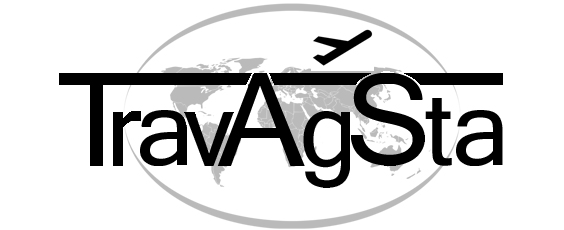
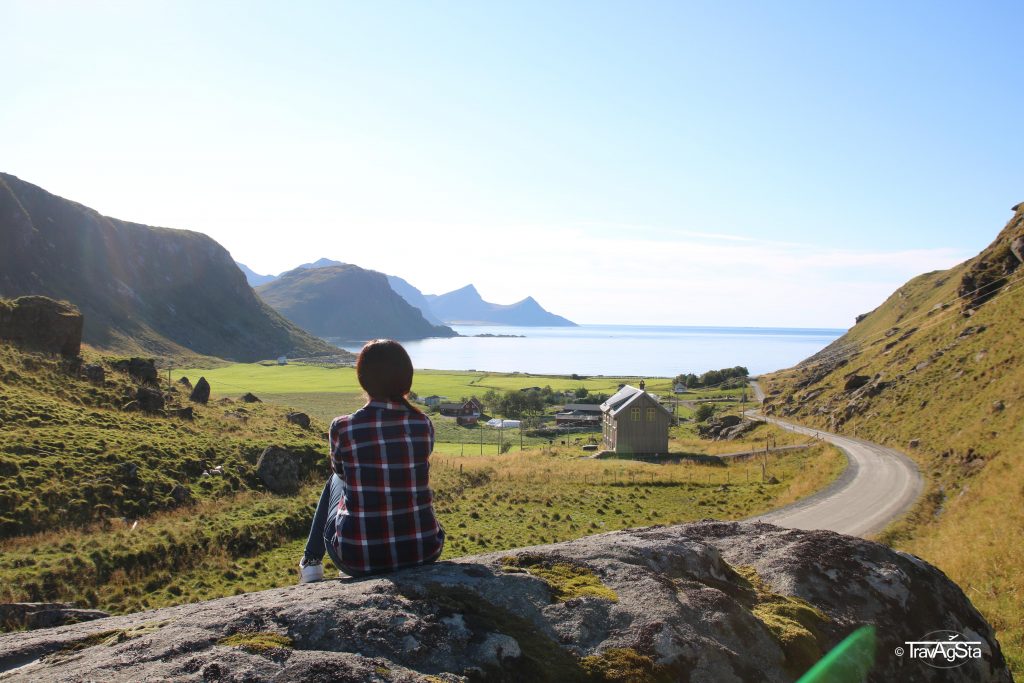
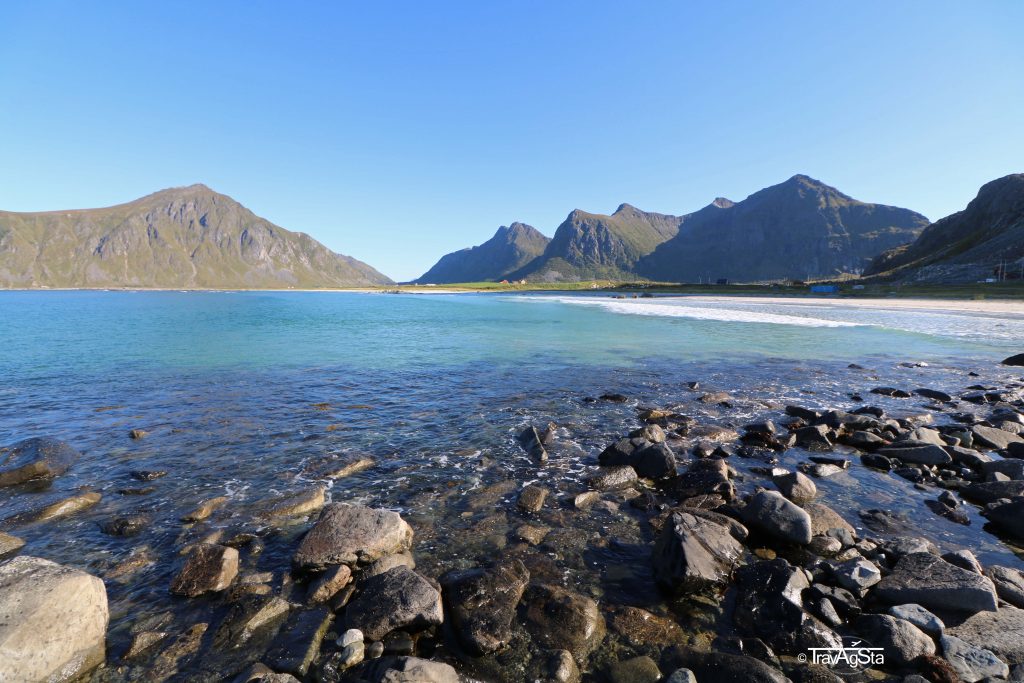
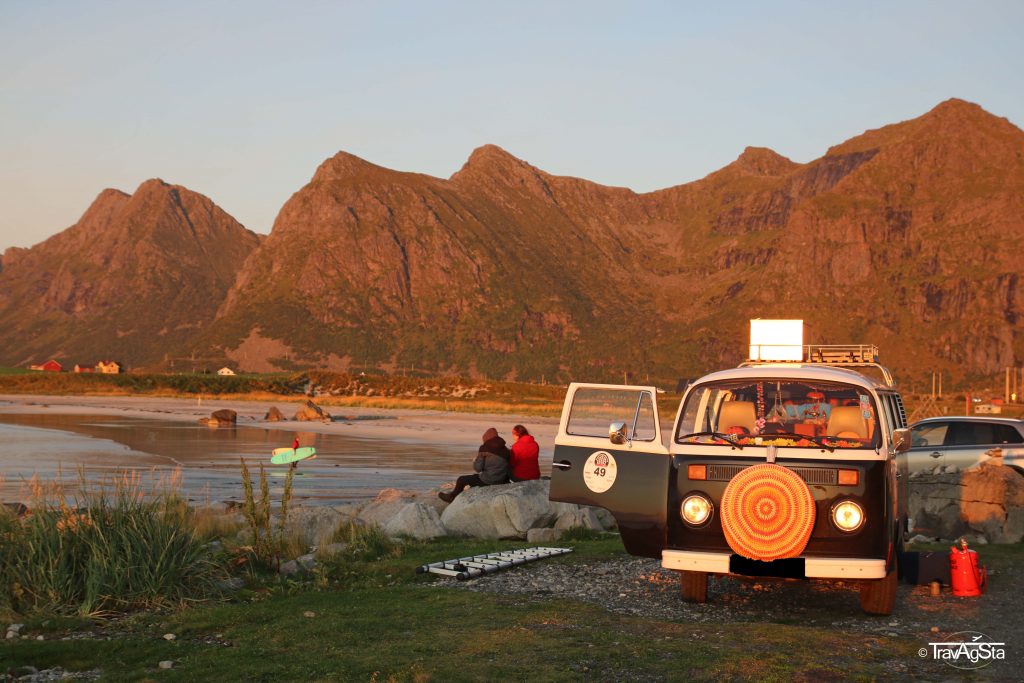
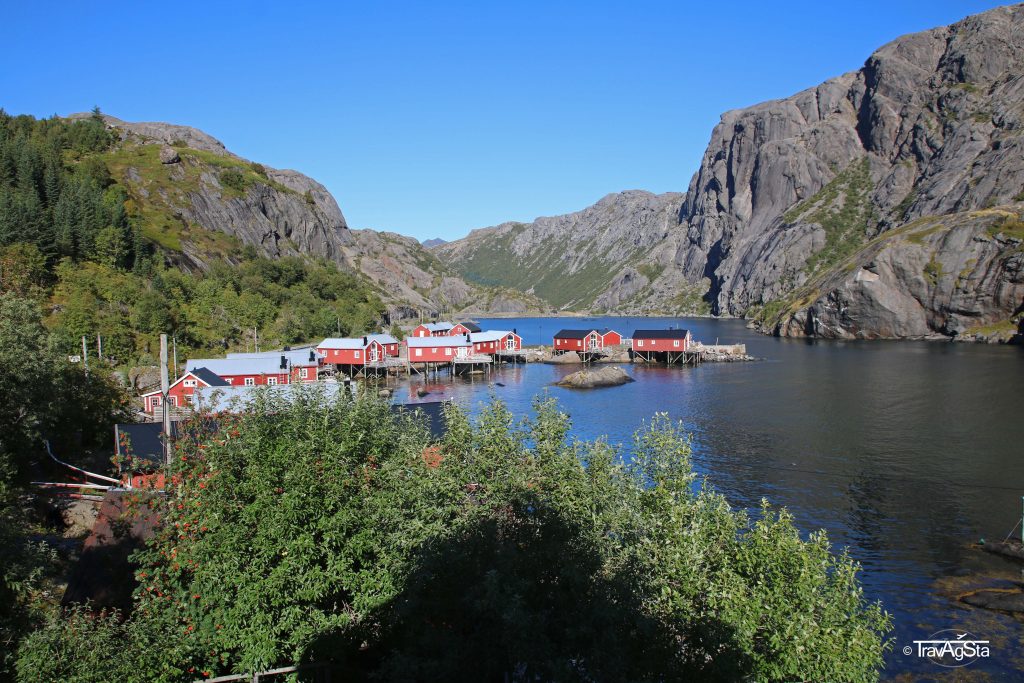
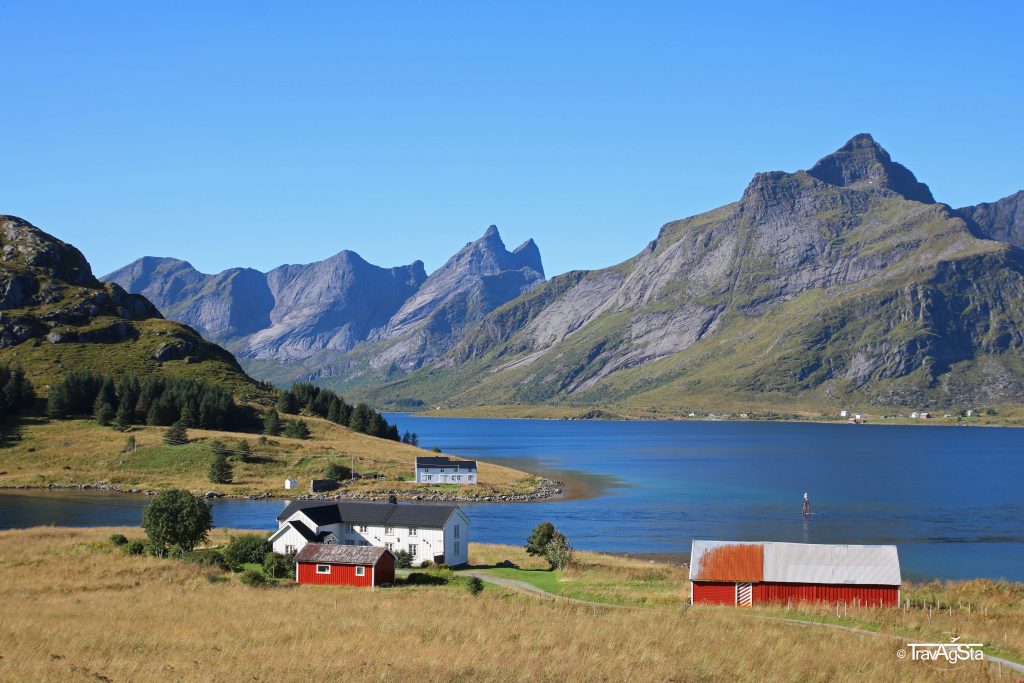
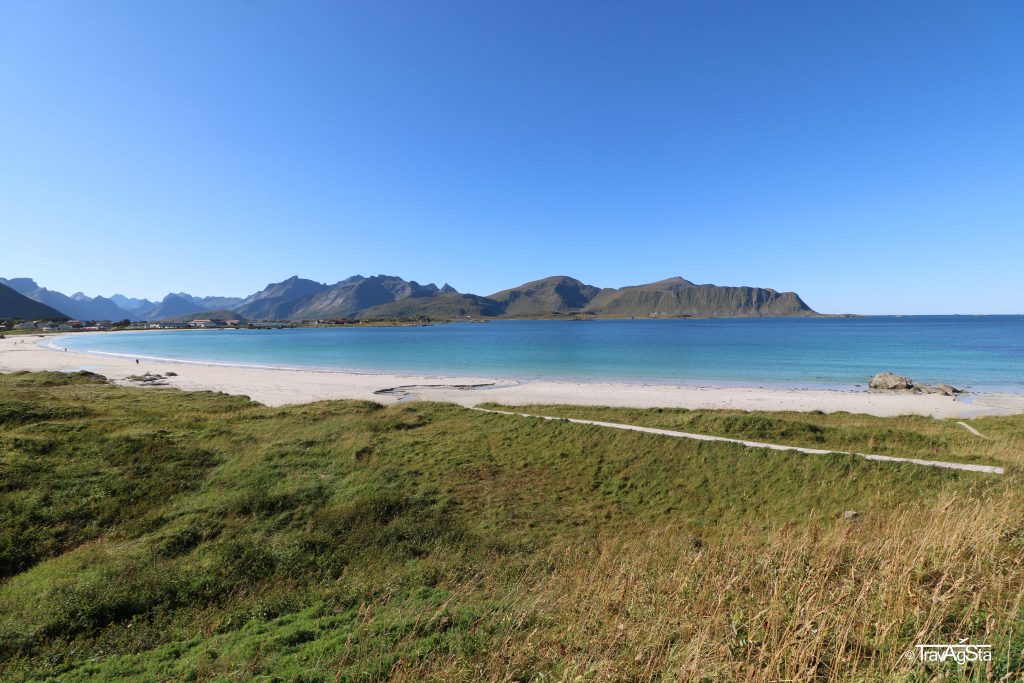
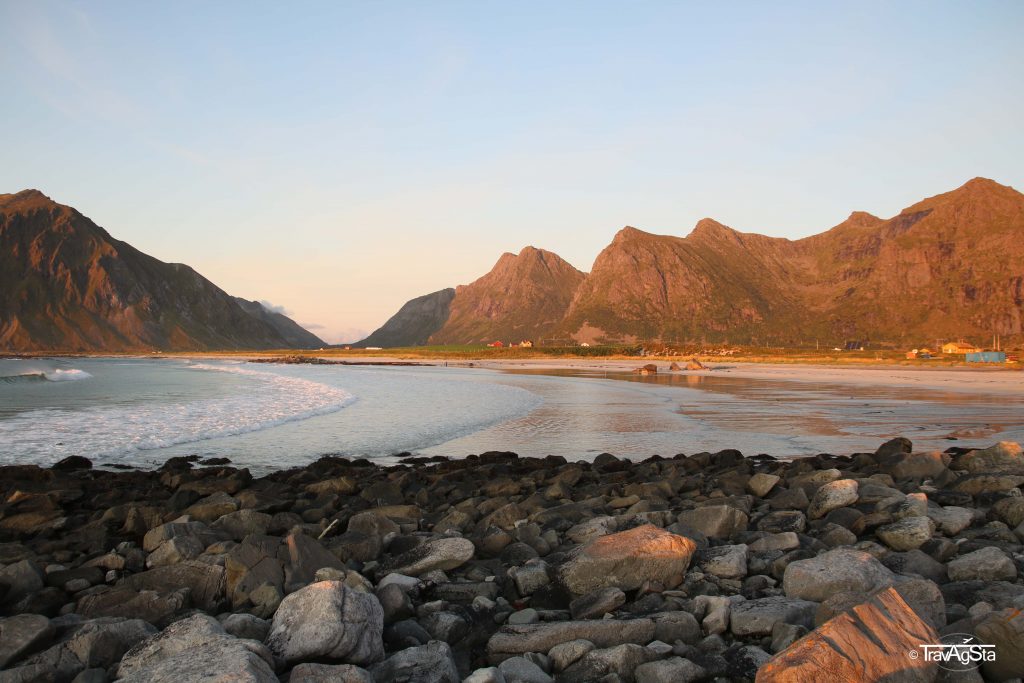
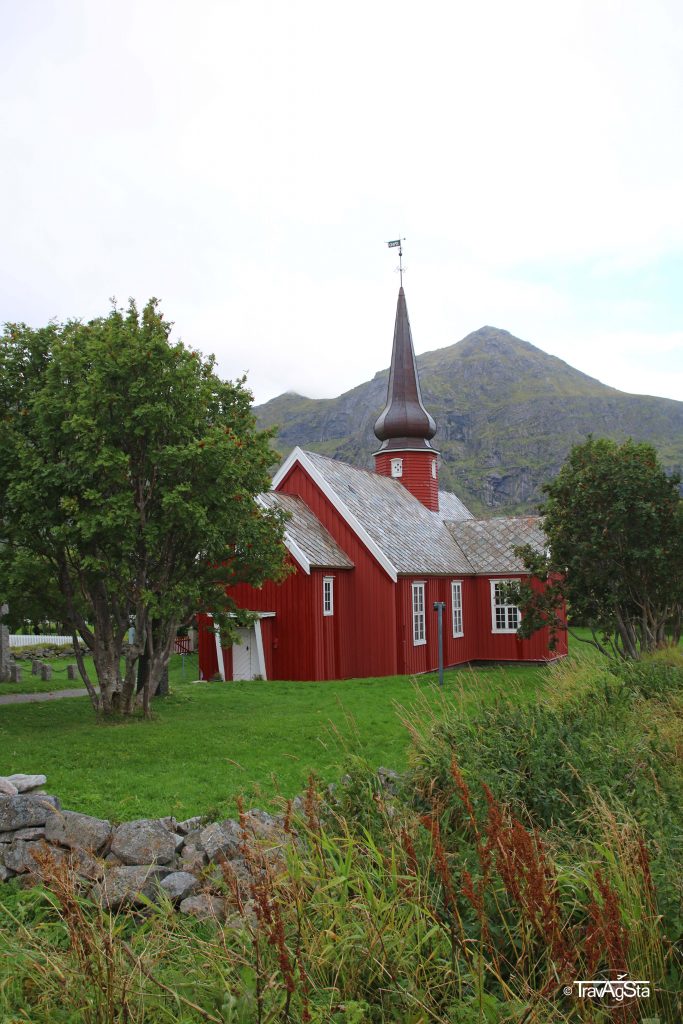
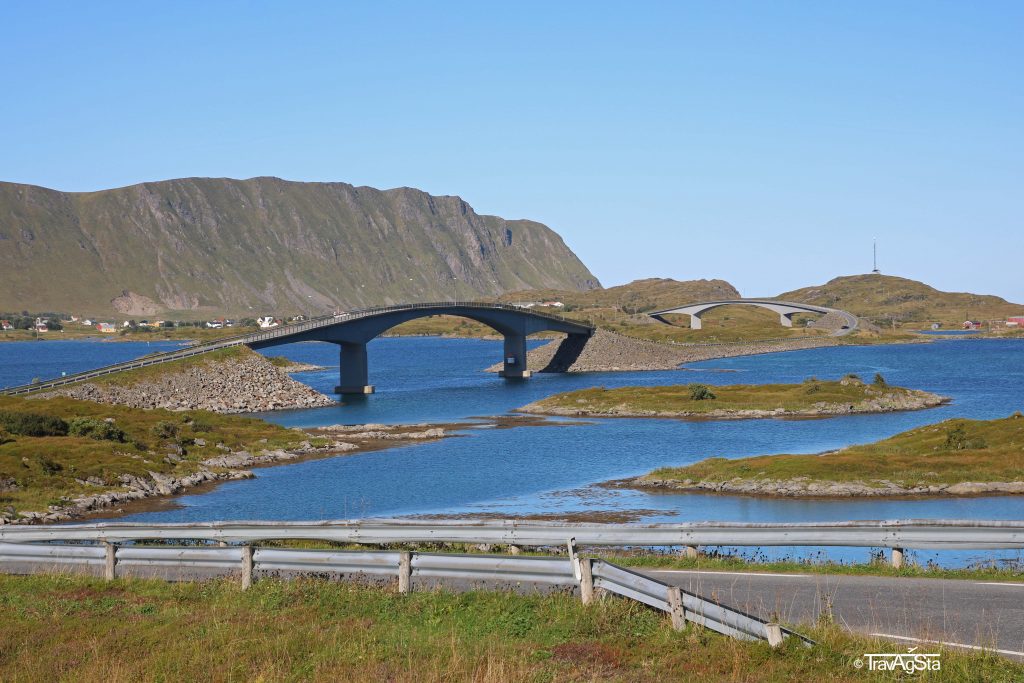
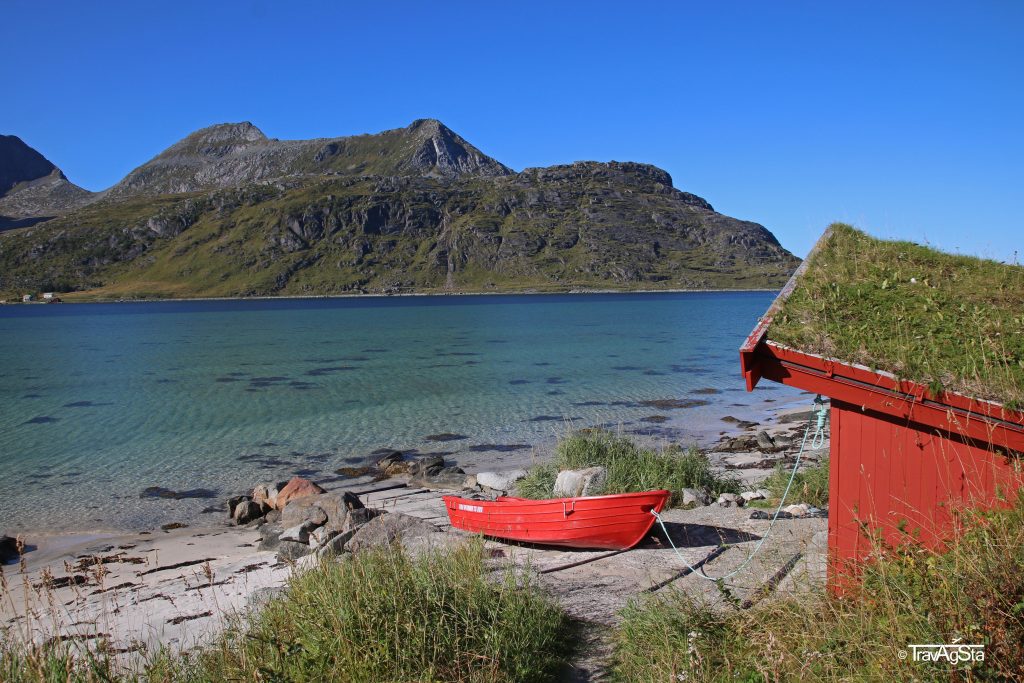
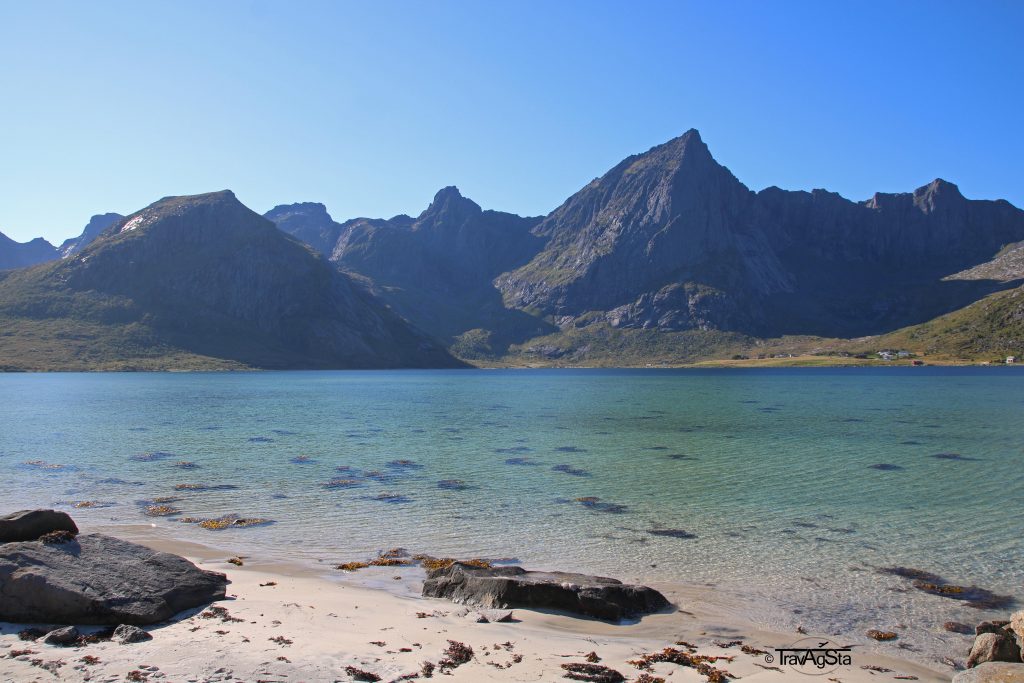
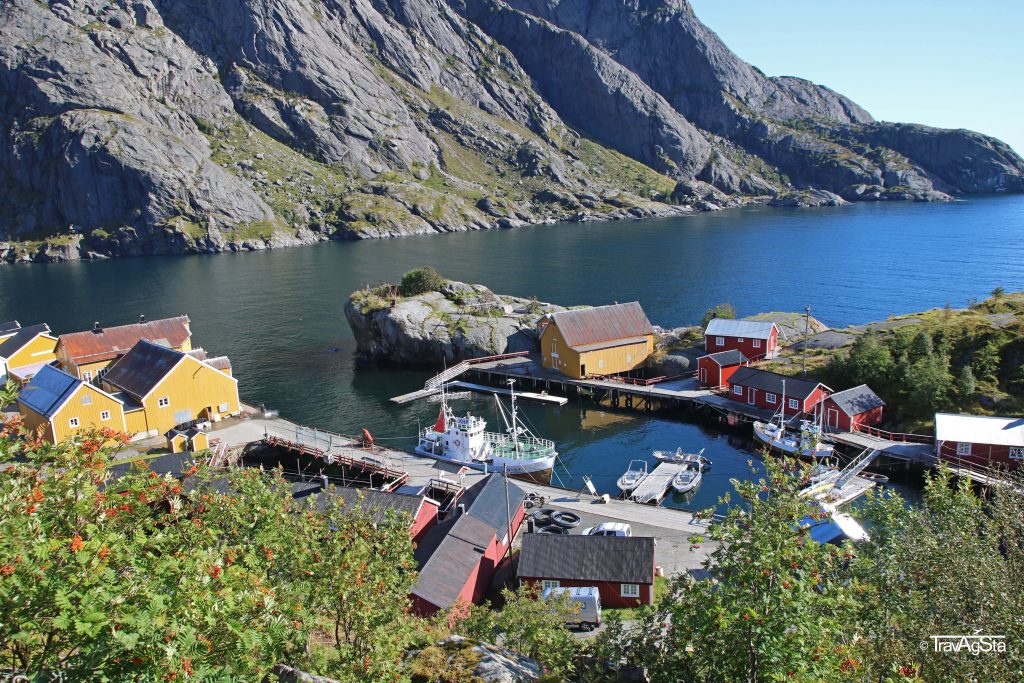
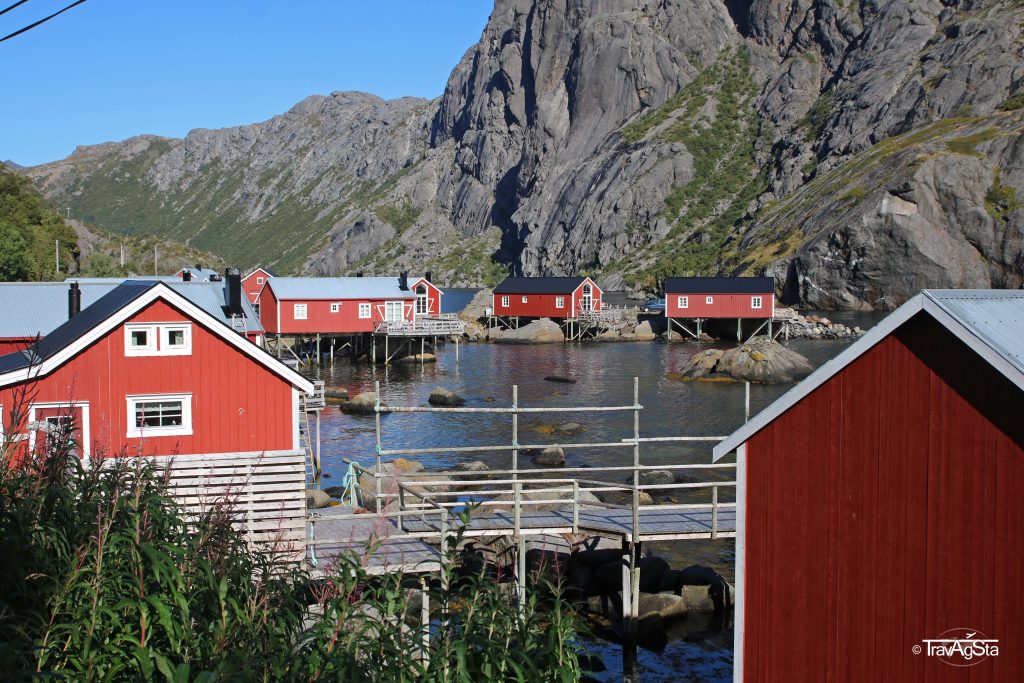


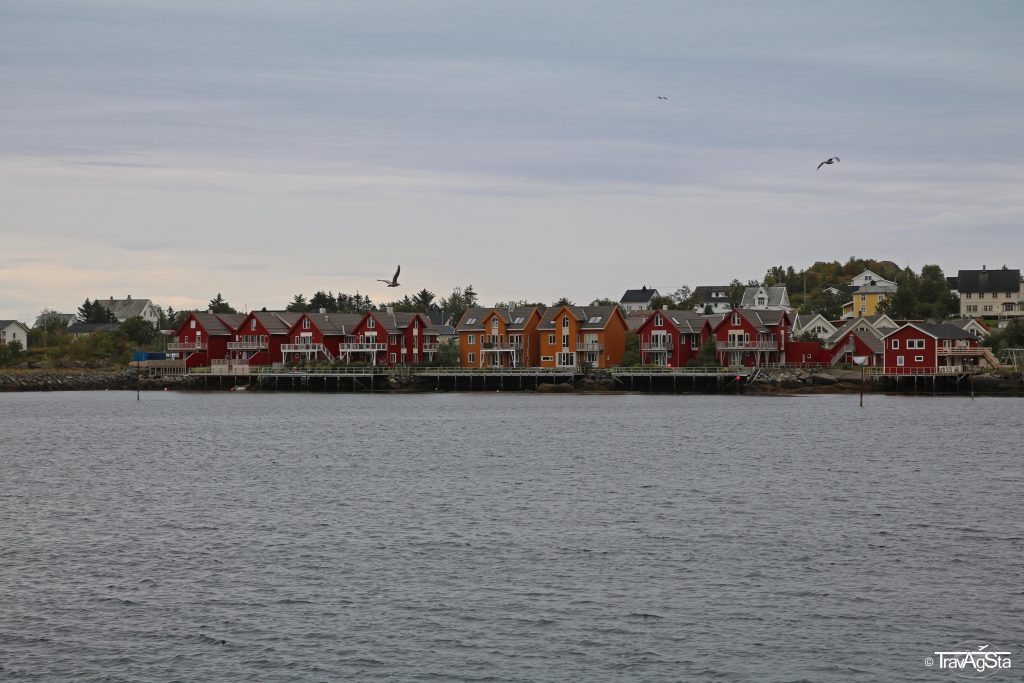
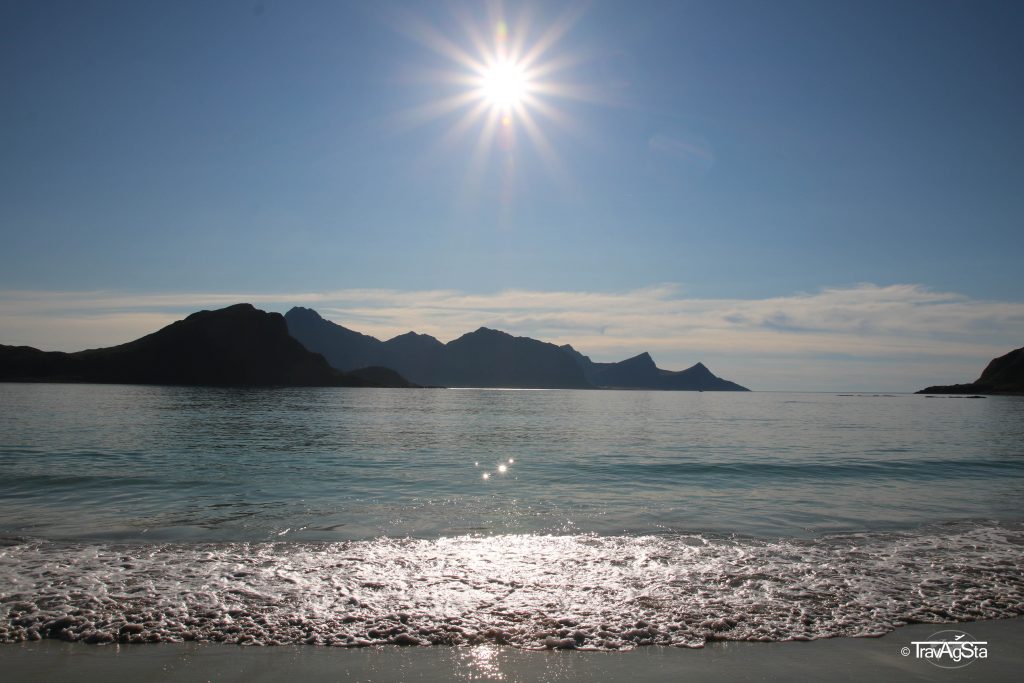
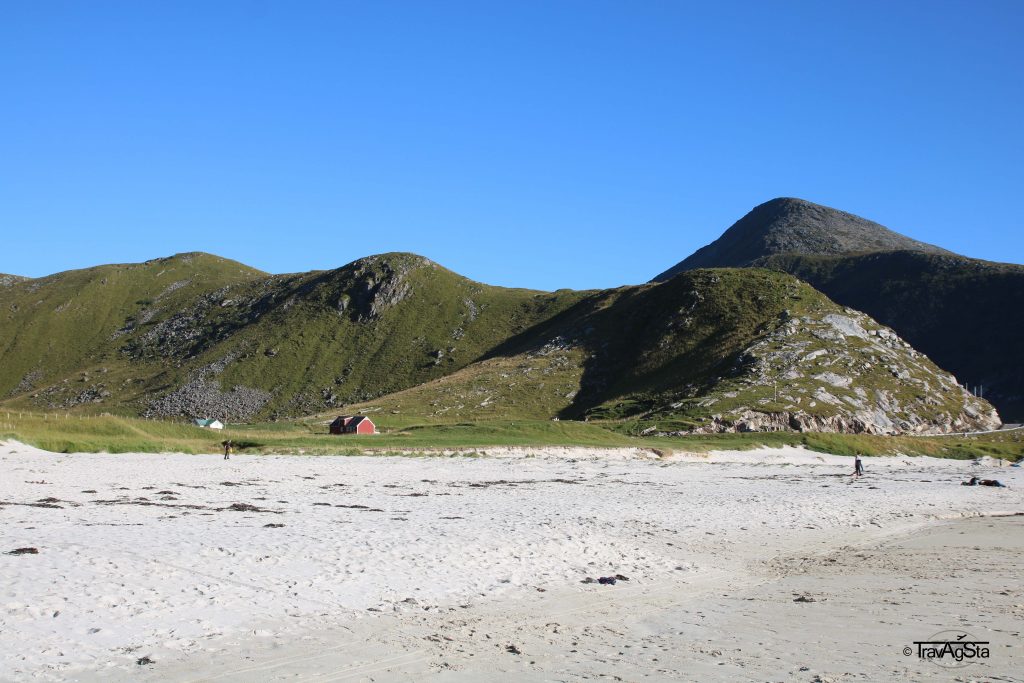
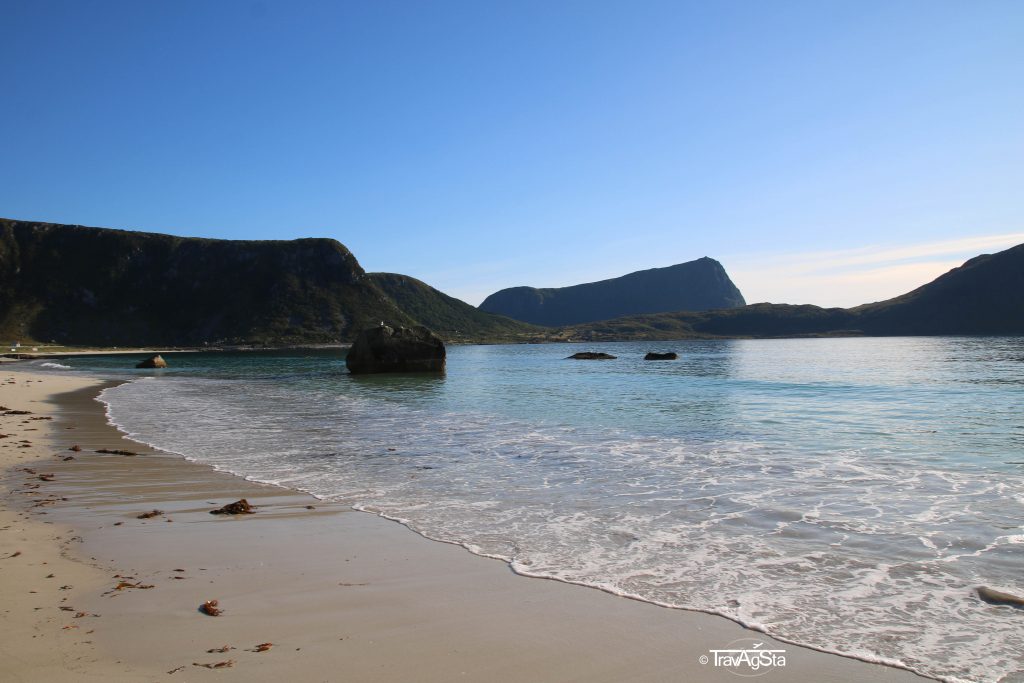
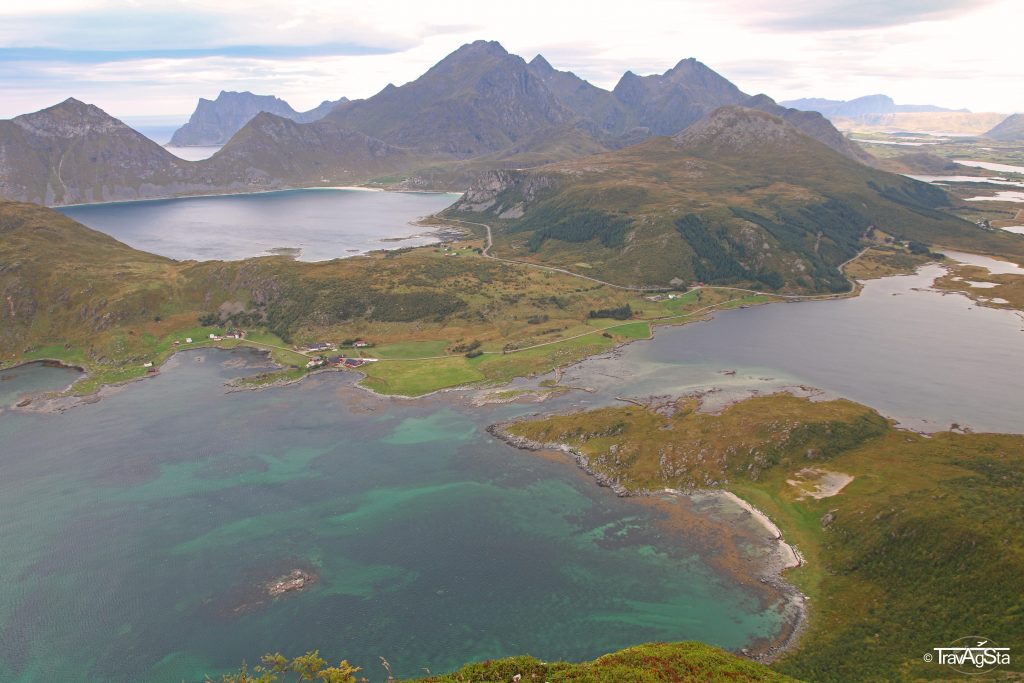
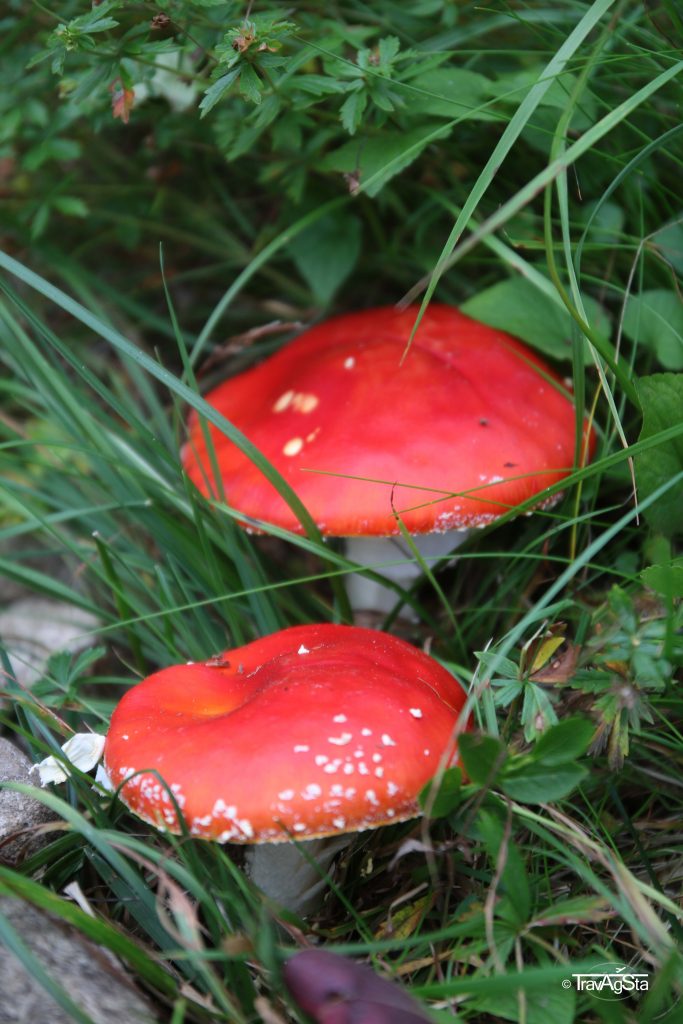
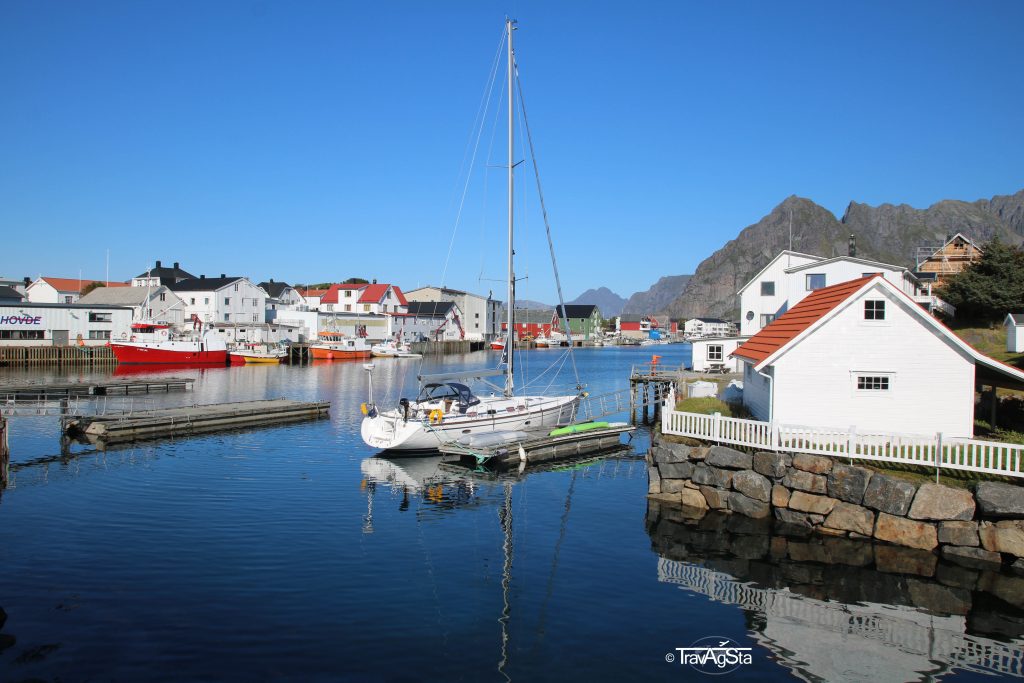
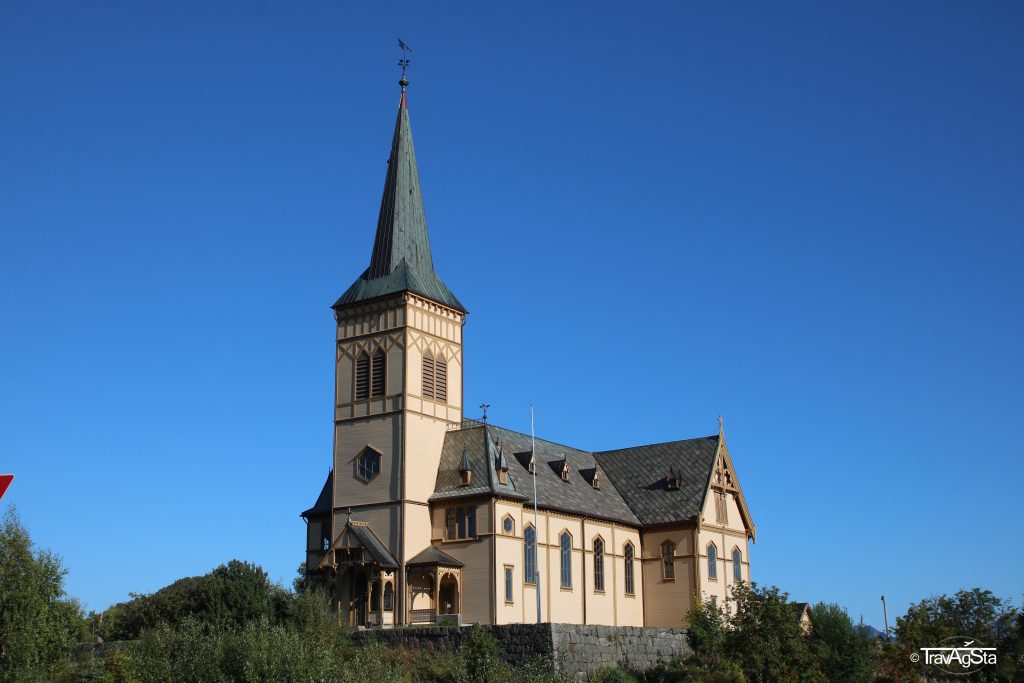
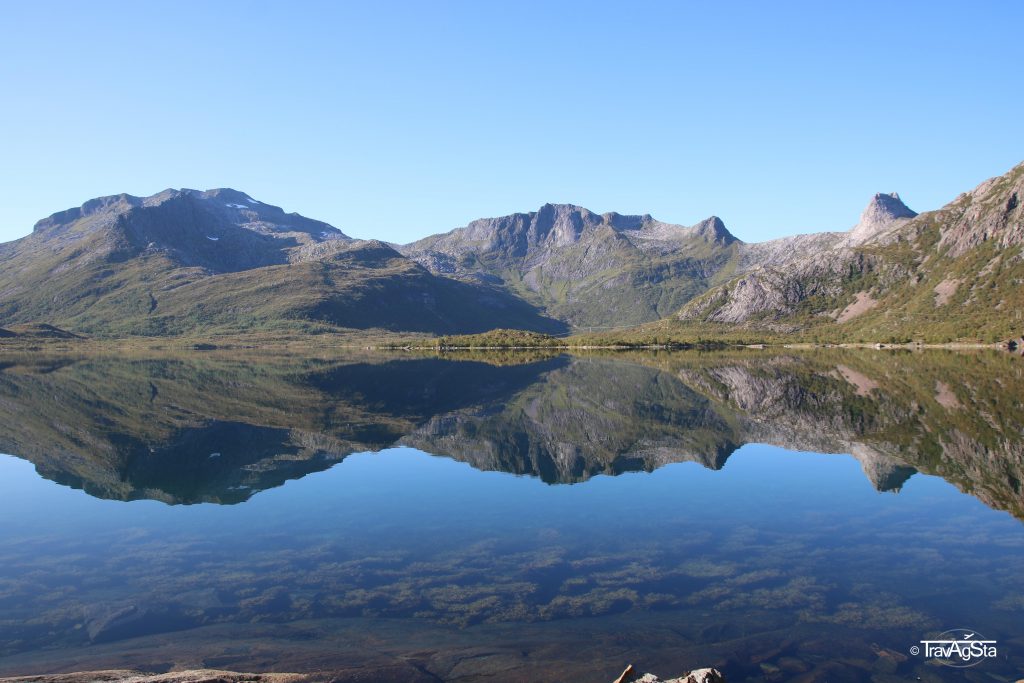
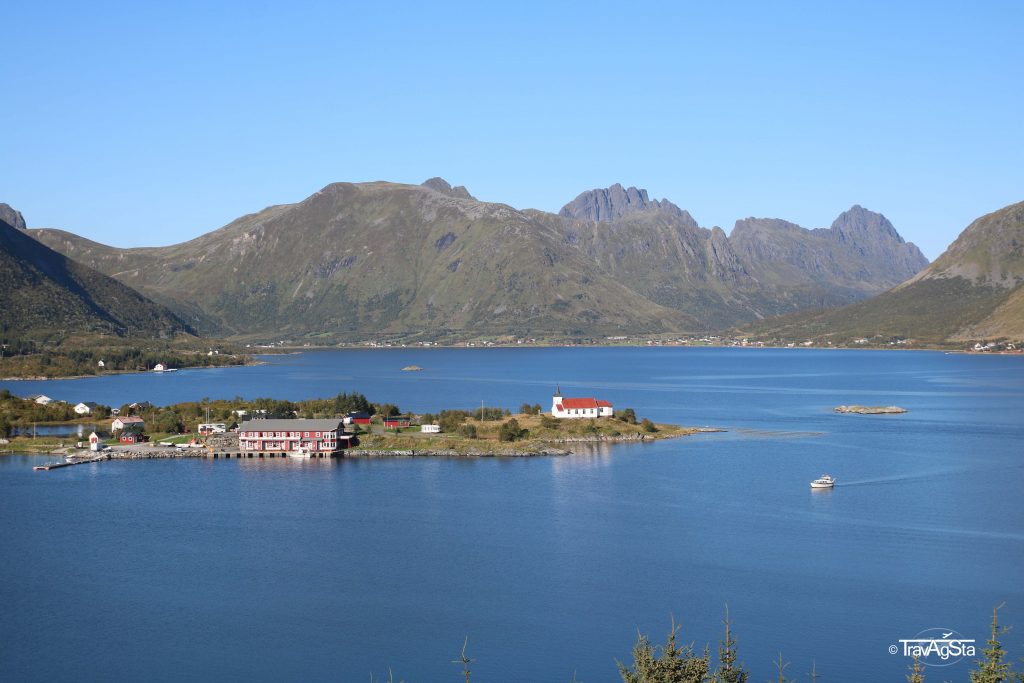
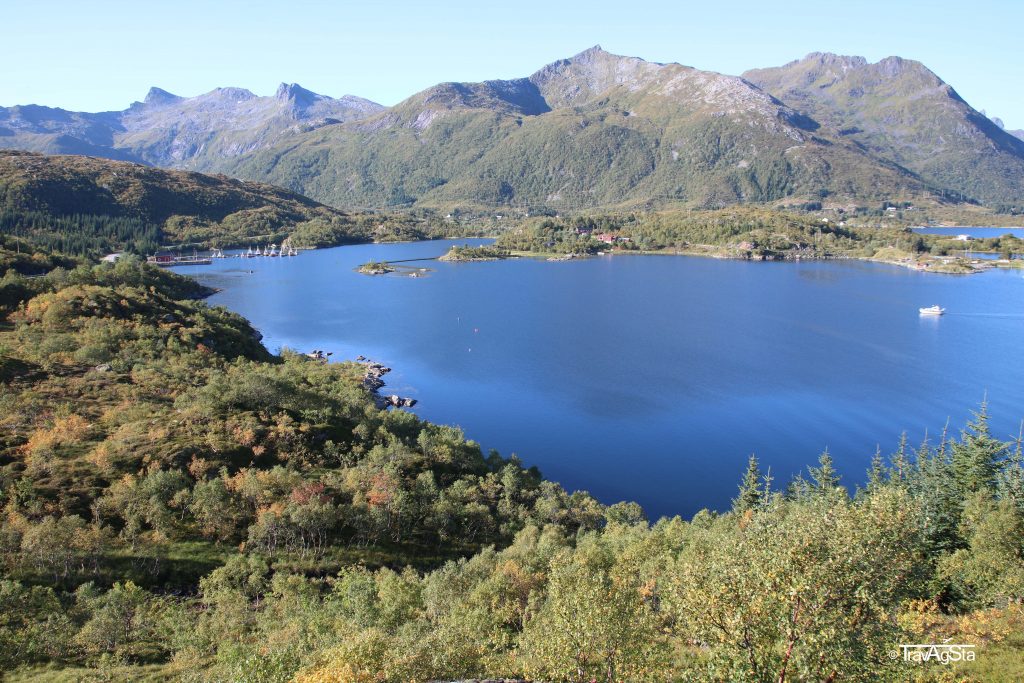
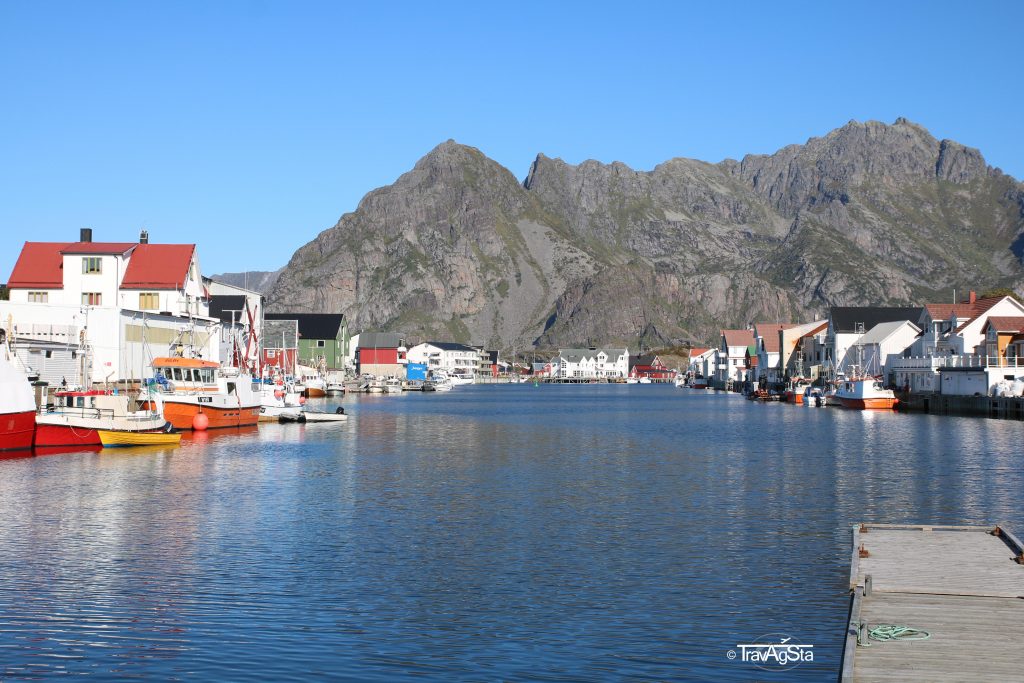
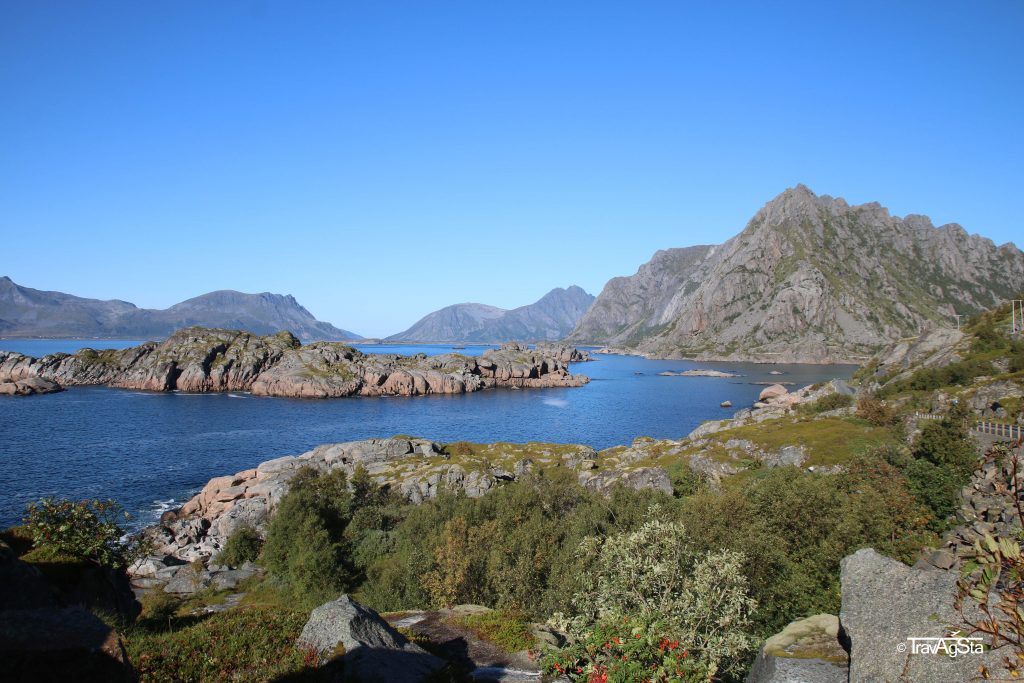
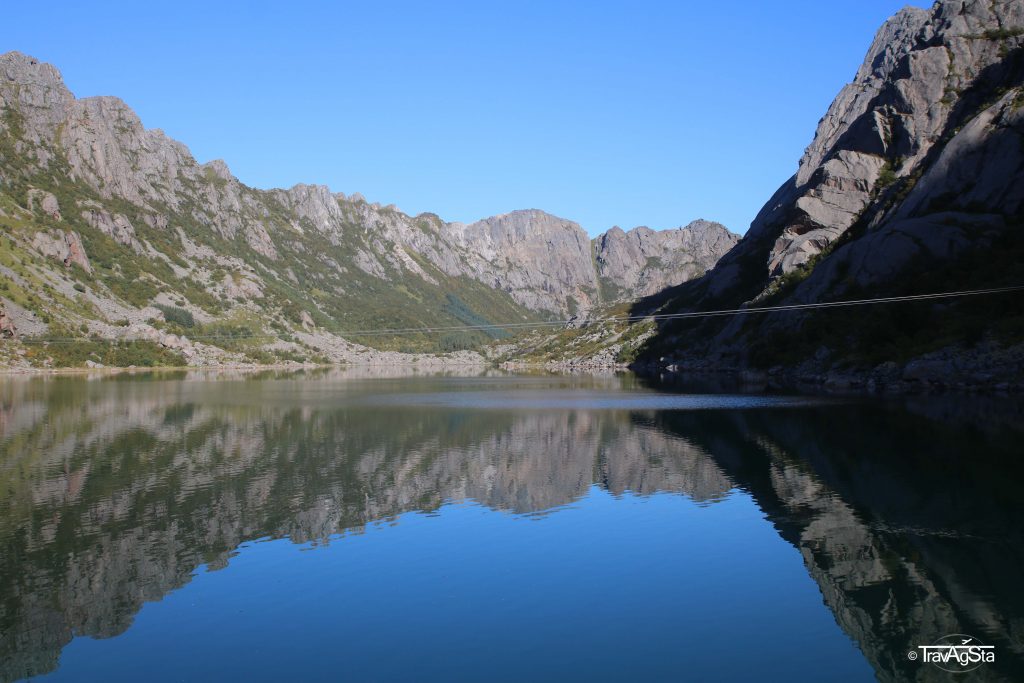
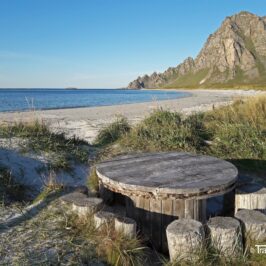
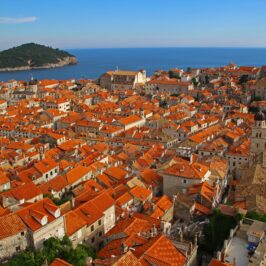
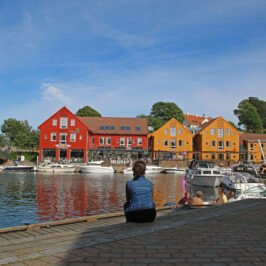
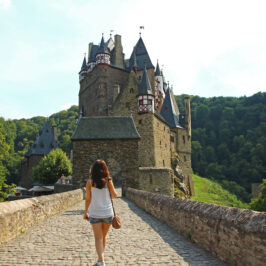
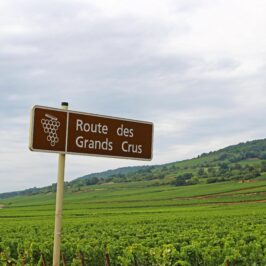
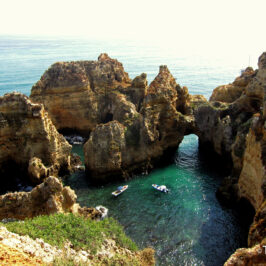
Leave a Reply